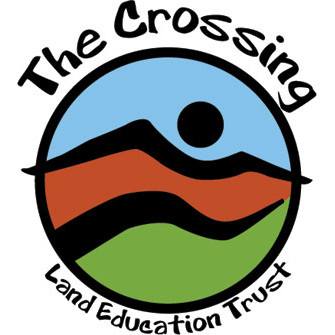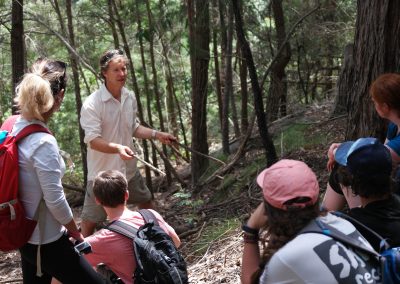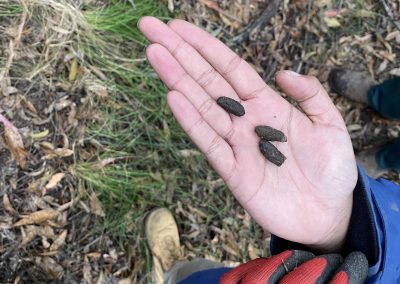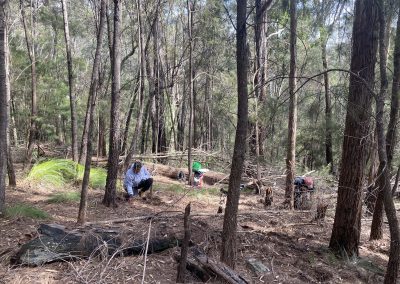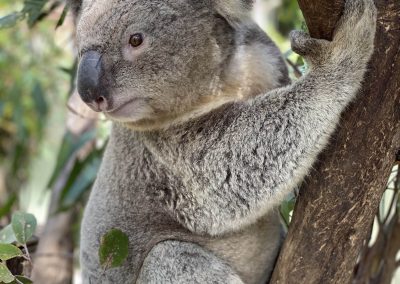Landcare and Conservation
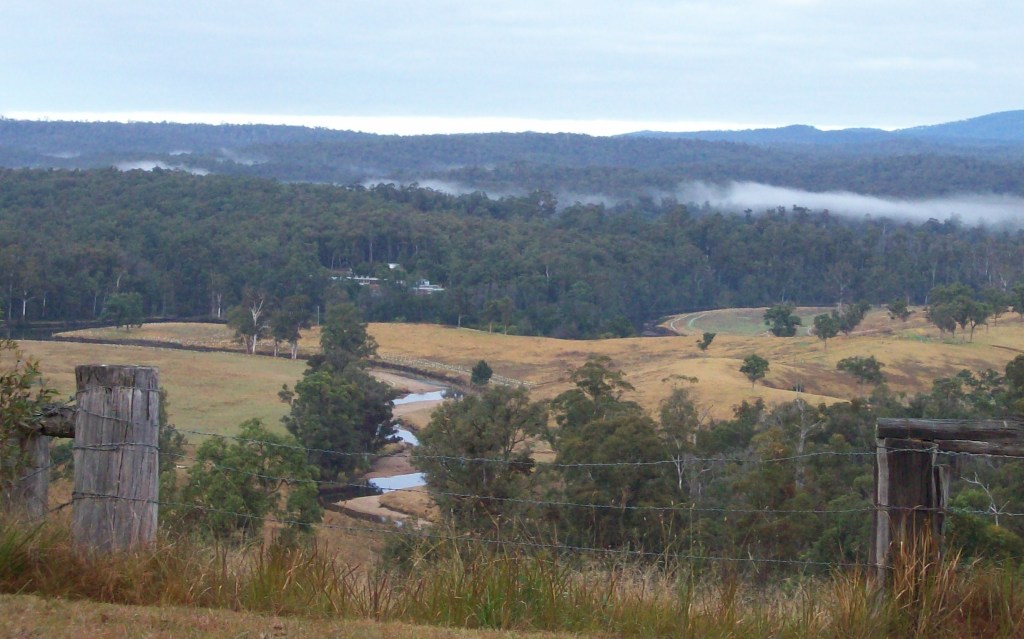
Above: looking south toward The Crossing (which can be seen nestled in the bushland) over the Bermagui River and Coolagolite Creek. The lighter green lines along the river banks are thousands of tree guards.
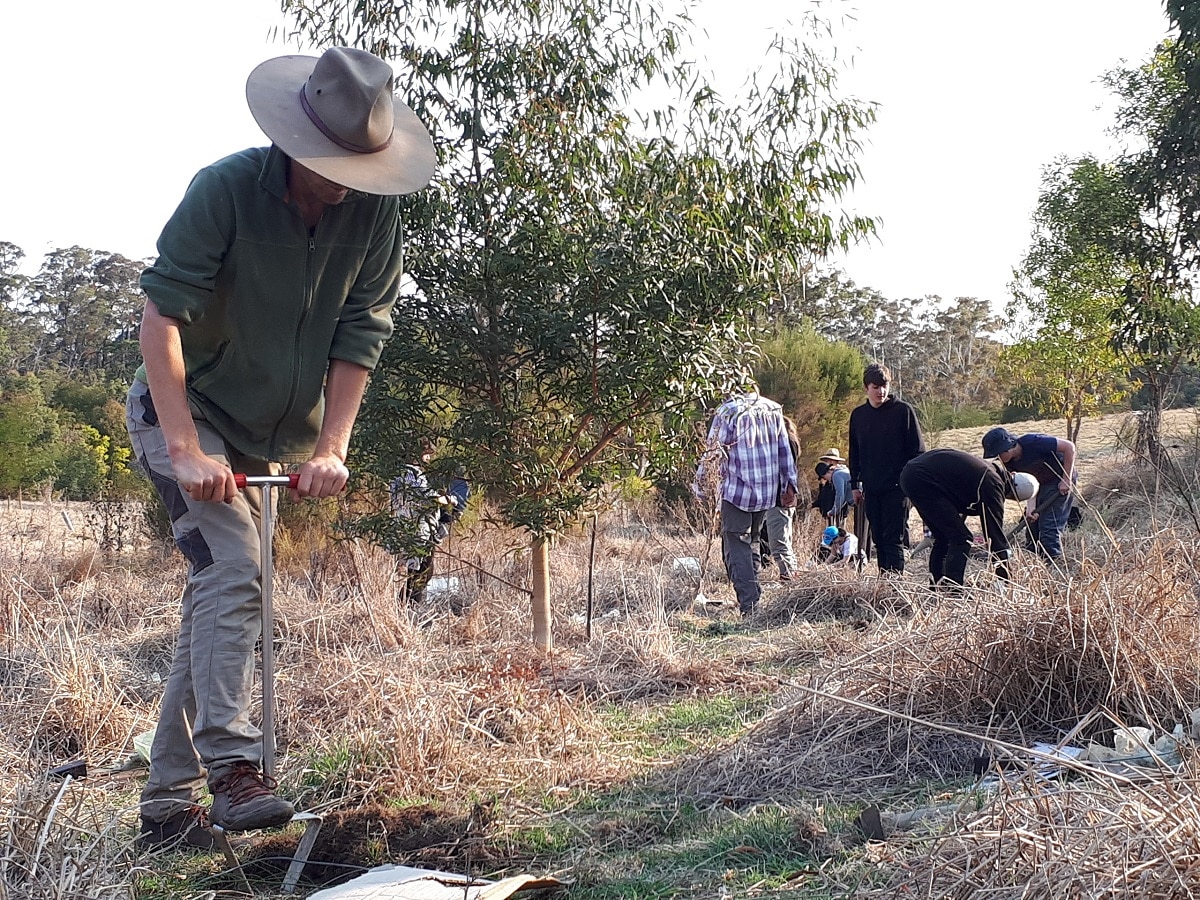
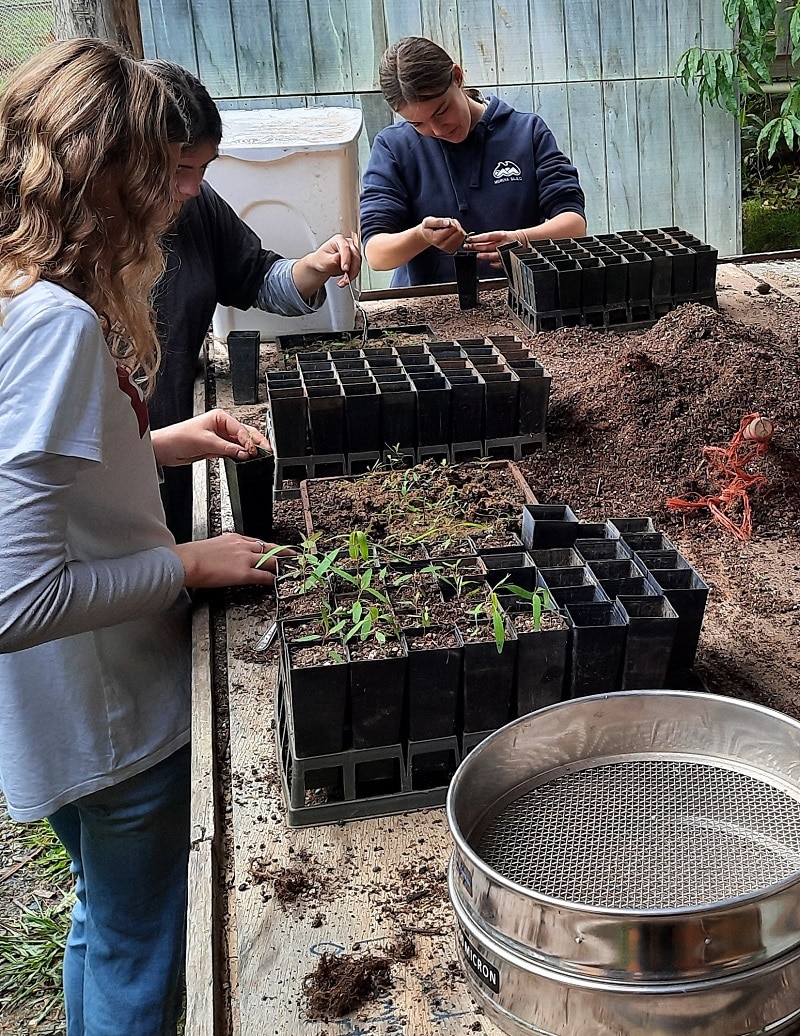
Landcare
Young people at The Crossing have planted over 25,000 trees for Landcare since 2011. These plantings link the coastal national parks of Gulaga and Biamanga and improve the quality of the Bermagui river for oyster growers downstream.
The Crossing is a member of the Far South Coast Landcare Association. Our Landcare and conservation work is supported by Local Land Services, Bega Valley Shire Council, the Australian Government,
The founders of the Crossing, Dean and Annette Turner, have received a Far South Coast Landcare Association Award for their Landcare and conservation work with young people. Their Golden Wombat award is ‘in recognition of outstanding leadership and commitment to educating young people and the community‘.

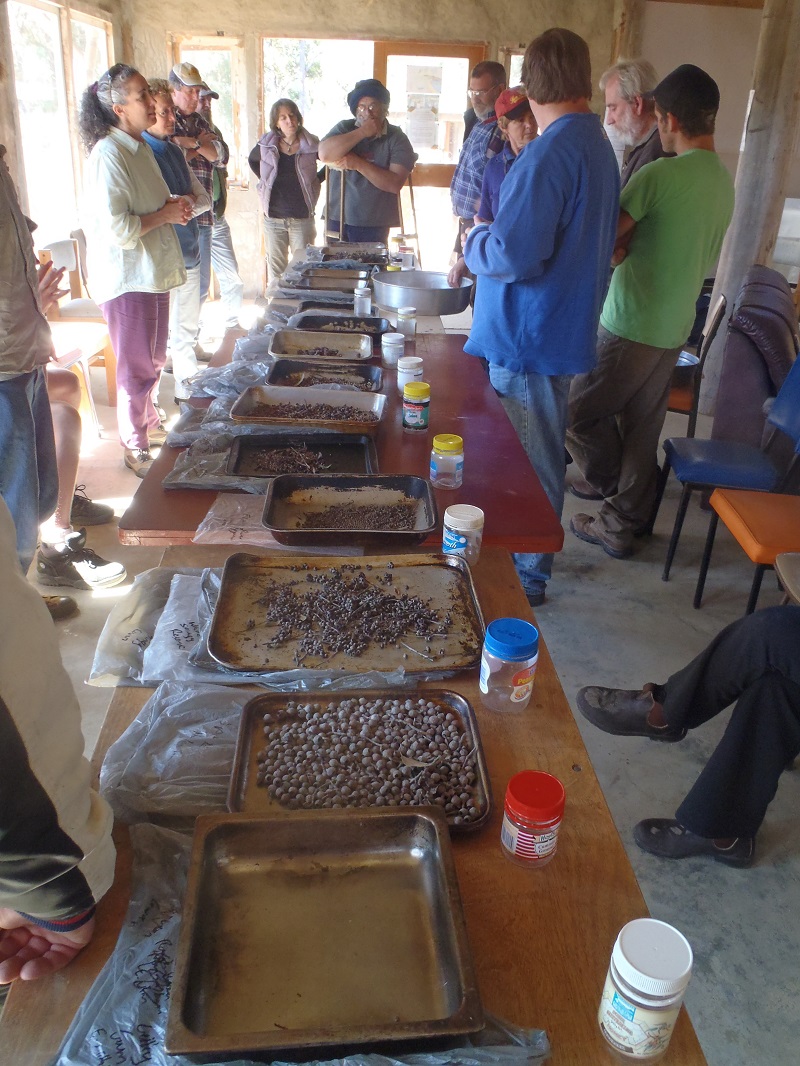
Conservation
Connecting and surveying habitat to protect threatened species are key aims of The Trust. Sustainability and environmental education for young people is a feature of every program at the Crossing.
The Crossing Land is permanently protected by a Voluntary Conservation Agreement with the NSW Biodiversity Conservation Trust. The agreement was established in 2006 and applies to over 90 percent of the property. A significant number of the threatened species listed for the South East NSW region have been sighted or heard on the property.
The Crossing has worked alongside the NSW National Parks and Wildlife Service and the Koala Action Network on the biggest koala habitat survey in Australia, which started in 2005.
Wilderness Coast koalas (the only known coastal NSW population south of Sydney) have a unique genotype. Protecting and linking their habitat improves the chances of koalas connecting with remaining populations to the north and south.
The Crossing continues to work with NPWS, KAN, and Traditional Owners to ensure our koalas are well cared for now and into the future.
Crossing young people have helped survey more than 250 square kilometres of forest to show where koala territories are, how few remain and what trees species are important to koalas on the Wilderness Coast.
Habitat survey work and our Landcare project has linked and enhanced habitat between the major coastal national parks (Biamanga and Gulaga) on either side of The Crossing. The camp forest supports many endangered and vulnerable species listed on Schedules 1 and 2 of the Threatened Species Conservation Act 1995.
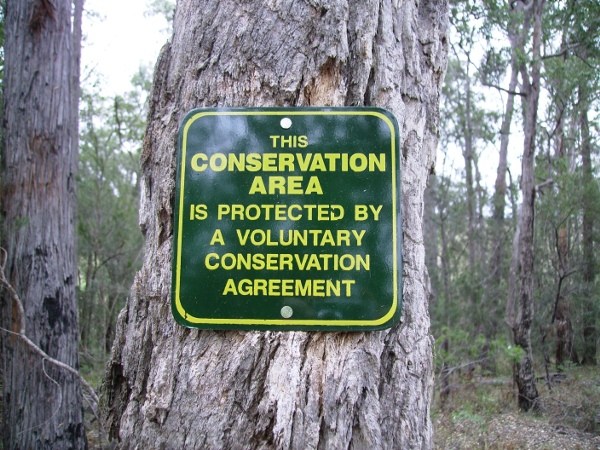
The Crossing’s trained and experienced staff team invite young people to engage with the natural world through practical conservation. We don’t just talk about conservation – we live it everyday.
Threatened Species Habitat present on our property
Preferred Feed Trees
Woollybutt (E.
Young Trees
In the forest, the young age of many trees limits the availability of large hollows for the larger possums and gliders, such as the greater glider (Petaurus
Hollows
Smaller hollow-using species such as sugar gliders (Petaurus
The River Flats
On the river
The River Nocturne
Most of these animals including a range of owls have been seen and heard at night as they are nocturnal.
